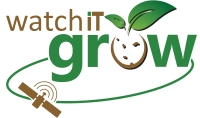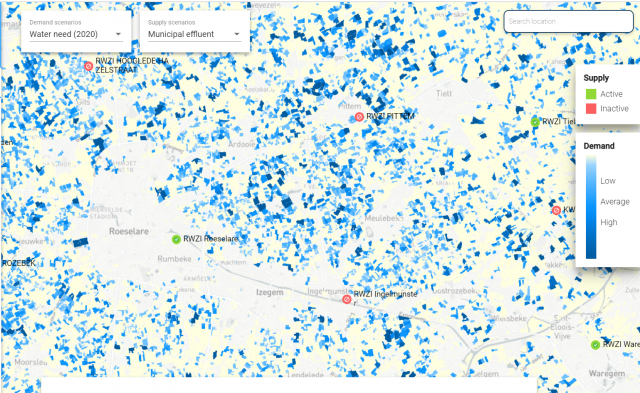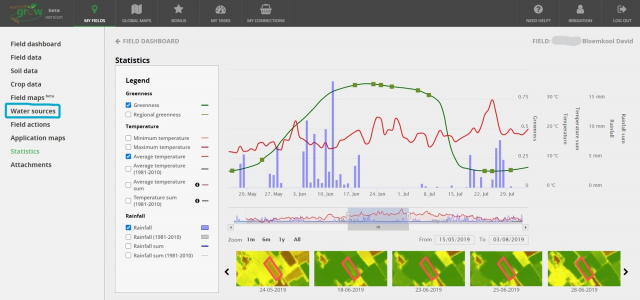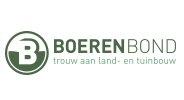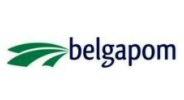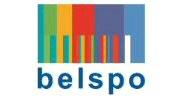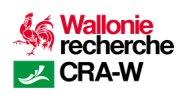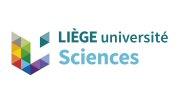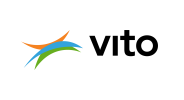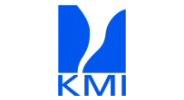Alternative water resources near your parcel
In times of water scarcity, purified municipal wastewater from Aquafin plants and treated wastewater from food processing companies can offer a good alternative.
Inagro, ILVO, VITO and Vlakwa developed the online viewer WaterRadar. This tool allows farmers and horticulturalists to easily look for suitable alternative water sources near their parcels
By mentioning a specific location or address in the search function, you can easily check which alternative water resources are available nearby. The viewer shows, among other things, the address and contact details of the water provider, as well as the average available daily quantity (expressed in m3) and the chloride concentration of the water that is offered.
In order to be able to offer treated waste water for agricultural applications, both Aquafin treatment plants and food processing plants must have a raw material declaration. The green companies in the WaterRadar are locations that have such a declaration. So they are legally in order to offer water. Red-marked companies, on the other hand, do not yet offer water. But what can't be done today might be possible tomorrow.
Directly via WatchITgrow
Crop growth and development are monitored in WatchITgrow using satellite data from the Copernicus satellites. Based on crop monitoring, temperature and precipitation information, users have the necessary information to decide in a timely manner to apply additional irrigation to improve the moisture status of their parcels.
By connecting the WaterRadar to WatchITgrow, WatchITgrow users can now search directly for alternative water sources near their parcels within 1 and the same application, via a dedicated dashboard.
Linking supply and demand
Through WaterRadar, we can also not only map the supply of alternative water sources, but also link them to the regional demand for water and thus connect both.
In addition, this tool allows interested companies and local authorities to gain insight into the theoretical irrigation needs on a regional scale.
Water quality
In addition to the availability of water, water quality is also a serious challenge. Municipal wastewater can contain high bacterial concentrations. Industrial waste water from food processing plants can contain higher salt concentrations than usual, which means that sufficient freshwater must be mixed. For example, leafy vegetables are often more sensitive to light salt water than tuber and cabbage crops.
In order to determine the impact on the yield and quality of cauliflower, spinach and early potato, irrigation tests with different types of treated wastewater are currently being carried out within the project.
More information about the 'Irrigation 2.0' project?
In her latest blog, Anne Gobin gives a brief summary of the 'Irrigation 2.0 : when, where, what water?' project: the need, alternative water resources and challenges.
The VLAIO project 'Irrigation 2.0: When, where, which water?' started on 1 October 2018 and has a total duration of 4 years. Inagro coordinates the project and can count on the cooperation of the Institute for Agricultural, Fisheries and Food Research (ILVO) and the Flemish Institute for Technological Research (VITO).
The research is funded by the Innovation and Entrepreneurship Agency and various co-financiers.

